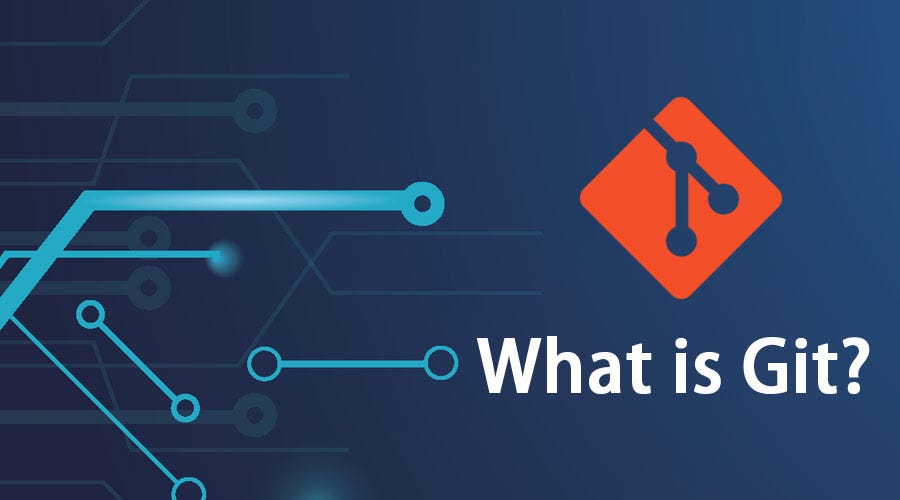Introduction: Mobile applications have become an essential part of our lives in the fast-paced digital age we live in today, meeting the demands and preferences of people all around the world. Mobile applications have completely changed how we communicate, work, and consume information. Examples of these apps include social networking and e-commerce. Nevertheless, a complicated web of development, testing, and deployment procedures sits behind the flawless user experience. This is where GIT and other version control systems come into play, making sure that mobile application development and maintenance go smoothly.
GIT, developed by Linus Torvalds in 2005, has emerged as the de facto standard for version control in software development, including mobile app development. Its distributed nature, flexibility, and robust features make it an indispensable tool for developers, enabling them to collaborate efficiently, track changes, and manage code repositories effectively.
One of the key reasons why GIT is essential in mobile application development is its ability to facilitate seamless collaboration among team members, regardless of their geographical locations. With GIT, developers can work simultaneously on different aspects of the application, such as coding, testing, and bug fixing, without worrying about conflicting changes or version inconsistencies. This not only accelerates the development process but also improves overall productivity and teamwork.
Moreover, GIT provides a comprehensive set of features for managing code changes, including branching, merging, and version tagging. These features are particularly beneficial in the context of mobile app development, where multiple versions of the application may coexist simultaneously, catering to different platforms, devices, or user segments. By using branches, developers can isolate new features or bug fixes, experiment with different ideas, and merge them seamlessly into the main codebase when ready.
However, despite its numerous advantages, GIT also poses certain challenges and threats in the context of mobile application development. One of the most significant challenges is managing large binary files, such as images, videos, or compiled libraries, which are common in mobile app projects. Unlike text-based source code, binary files are not well-suited for version control systems like GIT, as they tend to bloat the repository size and slow down operations like cloning, fetching, and merging.
To mitigate this challenge, developers often resort to third-party solutions or specialized tools for managing large binary assets, such as Git LFS (Large File Storage) or Git Annex. These tools allow developers to store binary files outside the main GIT repository, reducing its size and improving performance without sacrificing version control capabilities.
Another challenge associated with GIT in mobile app development is ensuring data security and compliance, especially when dealing with sensitive user information or regulatory requirements. Since GIT is a distributed version control system, each developer maintains a local copy of the repository, which raises concerns about data privacy and unauthorized access. Moreover, improper handling of credentials, encryption keys, or API tokens within the repository can expose sensitive information to potential security threats or compliance violations.
To address these concerns, developers must adhere to best practices for securing GIT repositories and enforcing access controls, such as using strong authentication mechanisms, encrypting sensitive data, and implementing role-based permissions. Additionally, regular audits, security assessments, and compliance checks should be conducted to identify and mitigate potential vulnerabilities or non-compliance issues proactively.
In conclusion, GIT plays a pivotal role in mobile application development, enabling teams to collaborate effectively, manage code changes efficiently, and ensure the quality and reliability of the final product. Despite certain challenges and threats, such as managing large binary files and ensuring data security, GIT remains an indispensable tool for modern developers, empowering them to build innovative and robust mobile applications that meet the evolving needs of users worldwide. By embracing GIT and adopting best practices, developers can unlock the full potential of mobile app development and deliver exceptional user experiences in today’s competitive digital landscape.
Why is GIT considered important for mobile application development?
Answer: GIT is crucial for mobile app development due to its ability to streamline collaboration among developers, track code changes effectively, and manage project versions efficiently. It facilitates seamless teamwork, accelerates development cycles, and ensures the stability and reliability of mobile applications across different platforms and devices.
What are the primary challenges faced when using GIT in mobile app development?
Answer: One of the main challenges is managing large binary files, which can bloat the repository size and slow down operations. Additionally, ensuring data security and compliance poses concerns, especially when dealing with sensitive user information. Balancing these challenges while leveraging GIT’s benefits requires careful planning and implementation of appropriate strategies and tools.
How does GIT help address version control issues in mobile app development?
Answer: GIT offers robust version control features such as branching, merging, and tagging, allowing developers to manage code changes effectively. By using branches, developers can work on new features or bug fixes without affecting the main codebase, while merging enables seamless integration of changes into the final product. Version tagging facilitates tracking of releases and ensures consistency across different app versions.
What are some best practices for using GIT in mobile app development?
Answer: Implementing best practices such as regular commits, meaningful commit messages, and proper branching strategies can enhance the efficiency and maintainability of GIT repositories. Additionally, using Git LFS or other tools for managing large binary files, enforcing strong security measures, and conducting regular audits and compliance checks are essential for maintaining the integrity and security of mobile app projects.
How can GIT contribute to improving collaboration among remote development teams in mobile app projects?
Answer: GIT’s distributed nature allows developers to work on code independently, regardless of their geographic locations. By using features like pull requests and code reviews, teams can collaborate effectively, provide feedback, and ensure code quality before merging changes into the main repository. Moreover, platforms like GitHub or GitLab offer additional collaboration tools and integrations, further enhancing remote teamwork in mobile app development projects.


